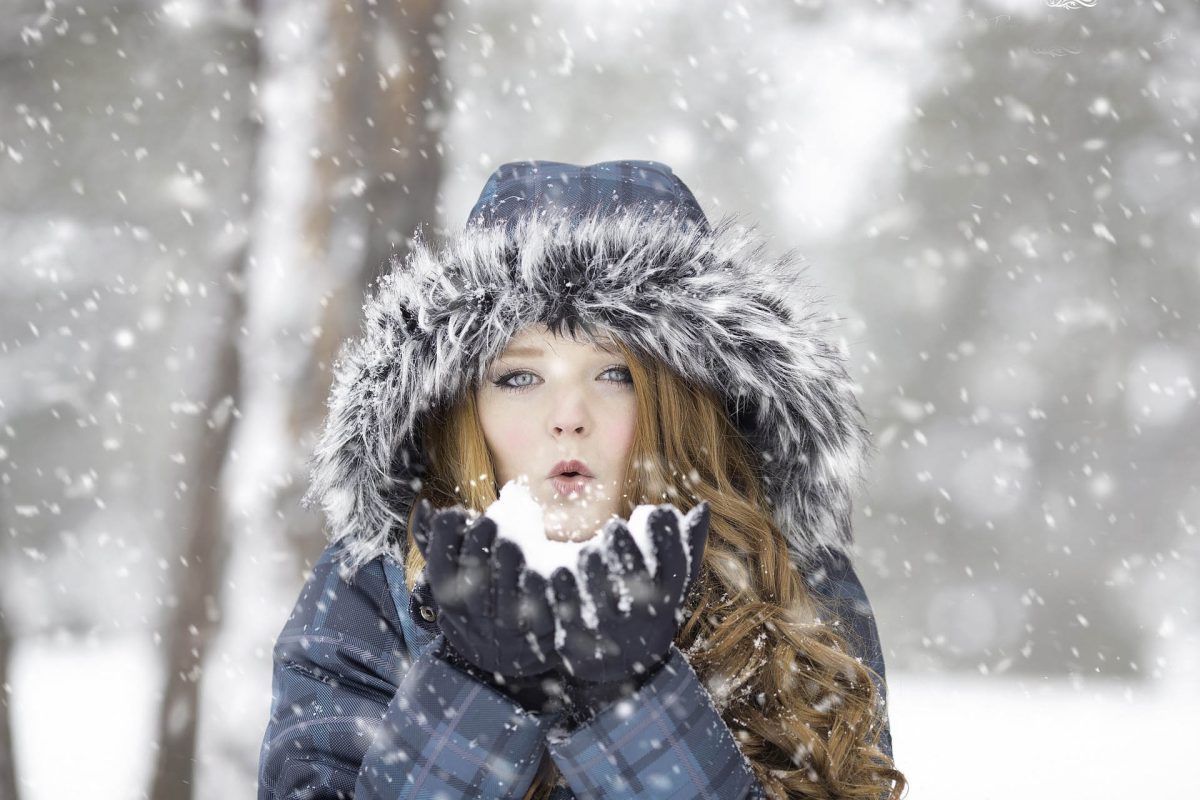Long Island residents are not foreign to the brutal winds and snowfall of harsh winters. But the comfort of summer often leaves the unprepared and under-dressed individual defenseless to the first whispers of winter. To stay safe and healthy, it is imperative to know how to bundle up and brave the cold properly.
Before scouring through your wardrobe, assess the general temperature. Naturally, there are varying degrees of cold weather. Think intuitively: are these winter conditions severe or are they simply chilly? The savviest dresser will follow their best judgment before planning an outfit.
Generally, all winter weather requires multiple layers of clothing; vital maintenance of internal body temperature is best accomplished through this. Closest to the body should be a thin yet heat-absorbing fabric that simultaneously does not lock in unwanted moisture. Opt for fabrics such as polyester and wool while taking care to avoid cotton, which is notoriously prone to ceaselessly maintaining dampness. You can adjust the weight of this layer based on the severity of the outside temperature. Depending on the intensity of the cold, an additional layer of insulation may be appropriate. Thicker material should be worn.
No winter day is tackled correctly without an outer jacket. Though the actual temperature poses a challenge to staying warm, wind and rain are the most menacing elements of cold weather. Hence, your chosen outerwear should be thick and insulated, offering defense from winter air while being composed of waterproof and wind-resistant material. A combination of both densely packed material and waterproof fabric coating creates the ideal jacket when faced with windchill and sloppy snowfall.
The most principal component of dressing for cold weather is, ironically, the most overlooked: your extremities. When your internal body temperature drops, your vital organs are prioritized. Blood flow is immediately directed away from your less valuable body parts, leaving them susceptible to frostbite and the brutal cold. When going outside, especially for extended periods of time, gloves and thick socks are a necessity. Invest in quality scarves and hats/earmuffs to retain warmth in your ears and around your face.
Regardless of the quality of your clothing or your proficiency in choosing an appropriate outfit, the most crucial aspect of winter safety is to limit your overall exposure to the outside. Primarily during the most frigid period of the season, the common wardrobe is insufficient in granting full immunity to the nature of winter. Time spent outdoors should be limited when possible, as this is the only assured method of defense from the dangers of the cold. After all, the true beauty of winter is oftentimes best grasped from afar: indoors, with a cup of hot chocolate, a blanket, and a heater.








